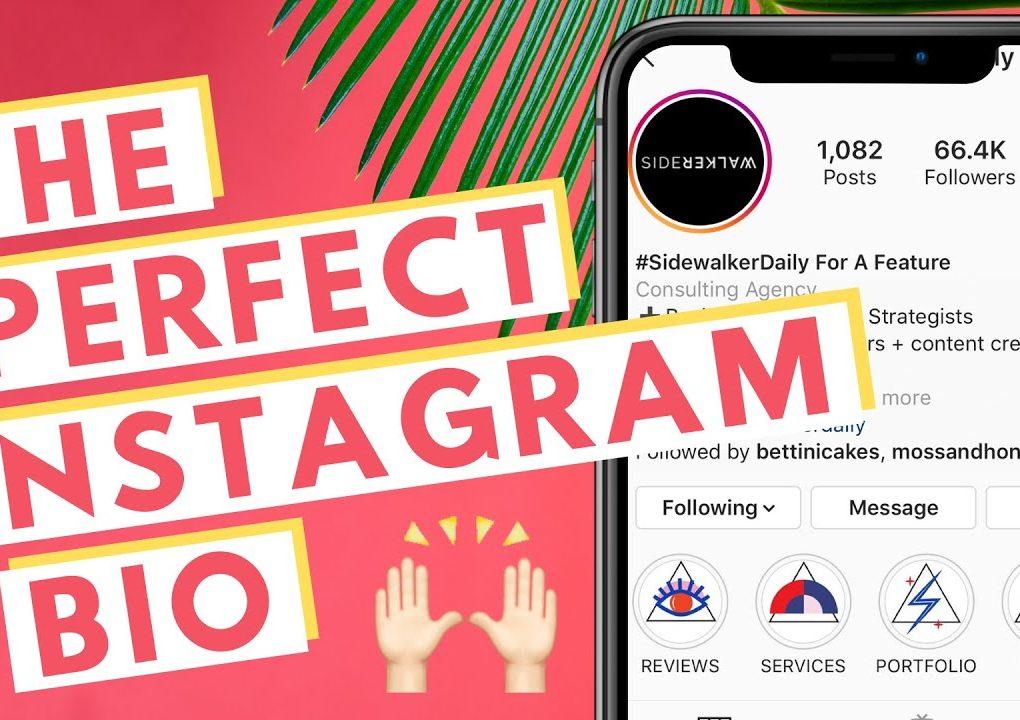SEO Headings
There are critics in SEO that headlines in your web content do not add any value and have no impact on your website ranking.
As long as the content structure is part of content development, headings and subheading would always be important.
What are SEO Headings (H tags)?
SEO headings are simply headings that are optimized for both visitors and search engines, they’re the basis for your content structure.
There are 6 levels of headings, and you need to use them correctly in articles.
The H1 tag is the most important tag, and in web marketing, it’s the title of your website. It’s just like the title of a book. It can tell in a second what the website is all about.
For most content management software (CMS), the title of each web page is made to be heading 2, this can be likened to the chapter of your book.
H2 can also be used for the main topic of a web page, and other levels such as H3 and H4 can be used for subtopics of the main topic.
You can also have more than 1 H2 on your web page if the topic is broad and you want to write a long article to cover different aspects of the main topic.
The reason headings are so important is because they help to break the content into different subtopics that are related to the headline. It can also make navigation easy for your audience.
SEO Heading Best Practice
Headings are part of ranking factors since they help both search engines, and human users to understand your web pages.
With good, structured, and optimized headlines, you can improve the readability of your contents.
Your audience can scan through your article, and find an answer to their queries easily. This enhances user’s experience and increase your trust score as a source of knowledge.
For SEO best practices, you should optimize your headings to increase your chance of ranking on search sites.
With the voice search queries increasing every year, optimized h-headings can help you to gain visibility in the voice search results.
You use the FAQ-style for your headings and use exact questions asked on search engines in your heading, and provide the answer under the heading
That ‘s why keyword research comes before every good headline. After all, you want to offer content on a specific topic.
Heading 1, 2, 3 Tags SEO Importance
There are SEO tools to help you research low competitive keywords, long-tail keyphrases and LSI keywords you can use all through your text.
To improve your content readability, these keywords should be used in your headings and subheading.
Your article’s main keyword should be used directly in your H2 heading so both your readers and search engines understand what the page is about.
Your secondary keywords, which could also be your LSI and the long-tail KWs you’ve researched should be used in your subheadings.
However, you should be careful of over-optimization of your article. Each heading should have paragraph(s) that answers users’ question(s), make sure that the reader’s search intention is satisfied.
Why are Headings so Important in a Webpage?
The advantages of an optimized Heading structure are therefore obvious.
- They help communicate what the site is about.
- Headlines help search engine bots and other programs to understand your text
- They increase user-friendliness for your users.
- Mobile reading is made easier with SEO headlines
- Bounce rate is likely to decrease when users find what they are looking for easily
- Positive user signals are sent back to Google and affect the ranking of the website
Conclusion
SEO headings are still relevant in search engine ranking, it can even be featured in search result snippets.
Well optimized headlines increase your value score in search engines, and users’ satisfaction.












